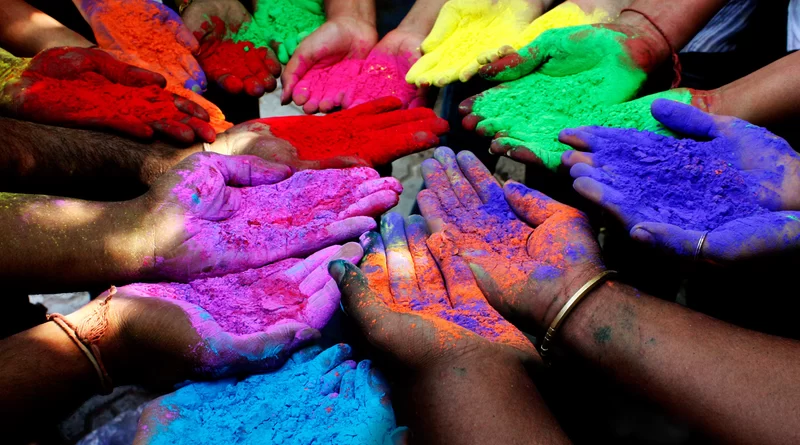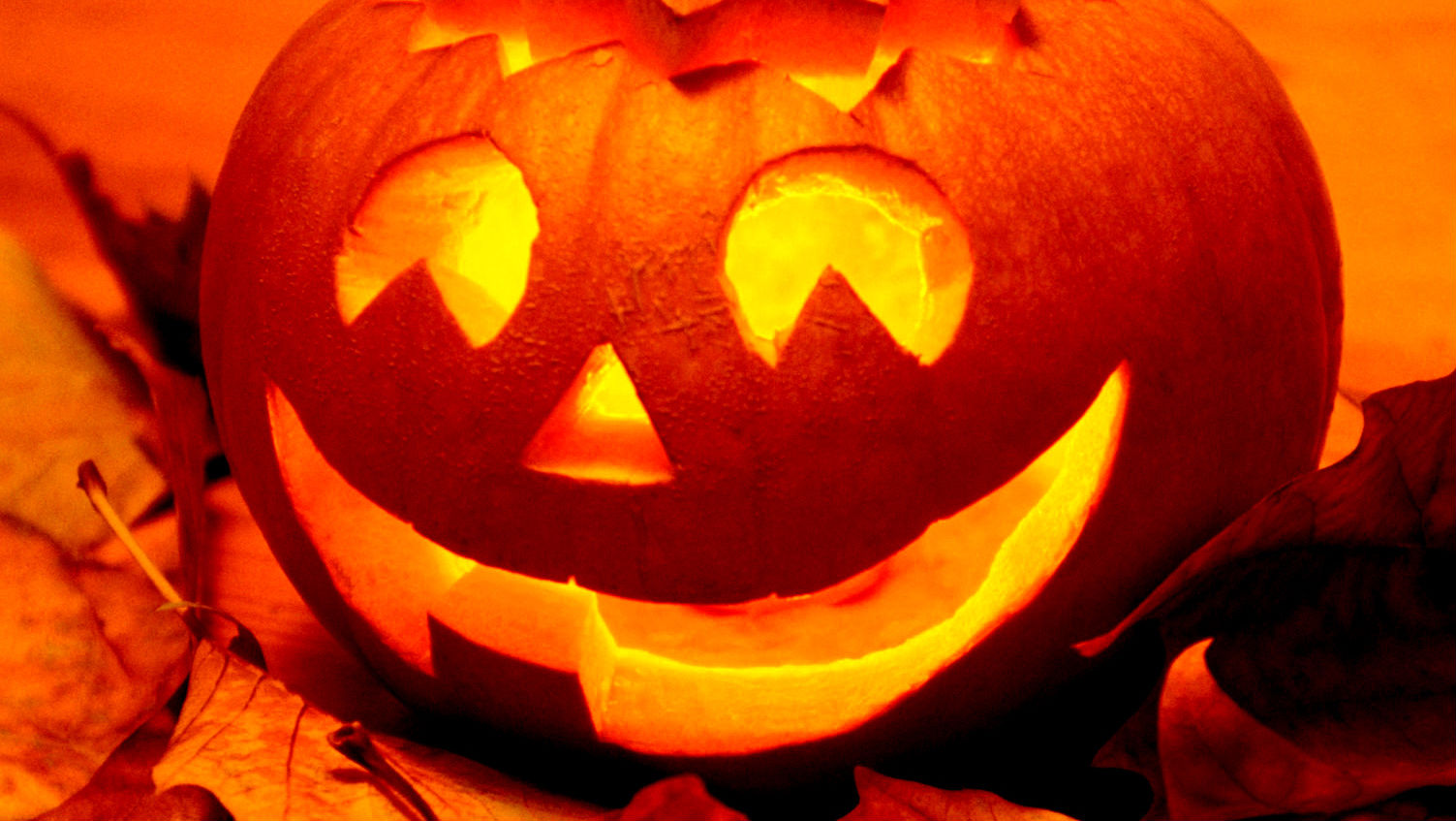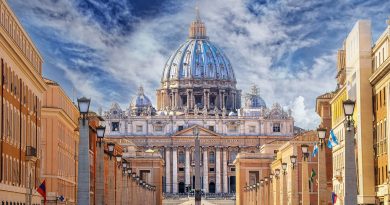What is Holi and Where to Celebrate the Colorful Day?
The Historical Significance of Holi in Indian Culture
Holi is the Hindu festival of colors, and this year it takes place March 17. It’s celebrated throughout most of India, even though there are a lot of people from other religions in the country as well. Holi marks the arrival of spring and the good harvest that will hopefully come with it, so it’s often referred to as the spring festival of “Vasant Mahotsava.” The festival has deep roots in Hindu mythology, and has thus been celebrated for centuries. In fact, people celebrate Holi, one of the most-celebrated festivals in India, by playing from daybreak into the evening.
The Ancient Tale Behind Holi: India’s Festival of Colors
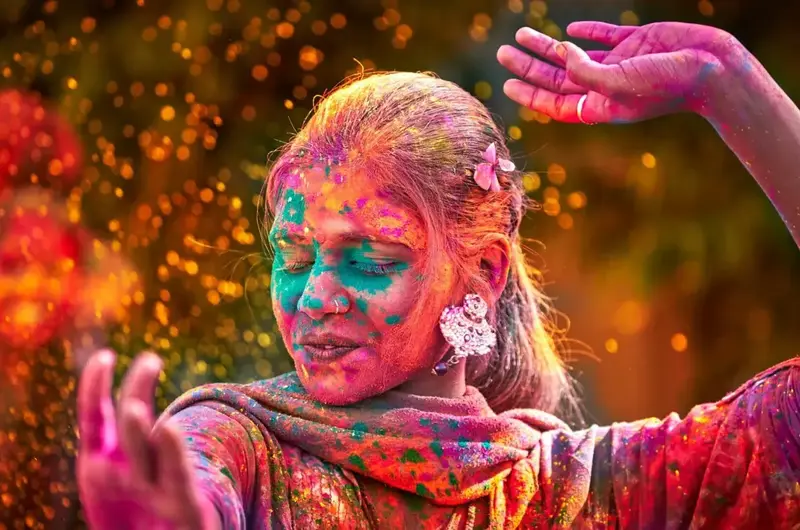
Once upon a time, a long time ago, the demoness Holika, the sister of the demon king named Hiranyakashipu, almost killed her young nephew in a bonfire. According to legend, Brahma, the cursed Indian god, favored the demon king with the gift of immortality, and his sister with a magical shawl that protects the mistress from fire. The demon king fancied himself equal to the supreme god Vishnu. The king’s heir, Prahlad, did not like this turn of events. In the depths of his childish crystal-clear soul, he worshiped the god Cherry.
The king ordered his sister to kill the wicked man. Holika, obeying the tyrant, treacherously lured Prahlad into the fire. After climbing onto the bonfire, the boy began to read hymns dedicated to his beloved god. Vishnu saved a good-natured boy, and the evil demoness Holika burned down. Where can a magic robe match the powers of a god?
The Joyful Celebration of Holi in India: Traditions of the Colorful Festival
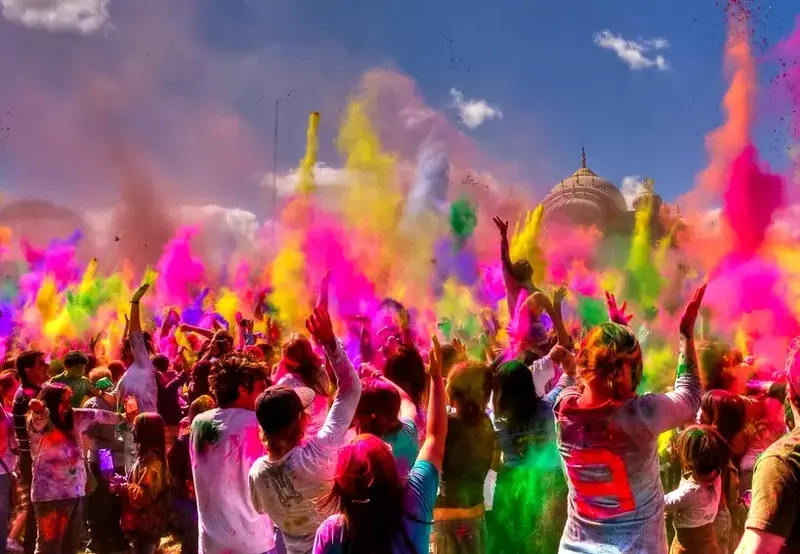
During Holi, there is a lot of laughter and fun—and a lot of teasing, too. The most common custom of Holi is to throw bright colored powders and waters on friends and family, and even on absolutely unknown passersby. People are thrown into muddy pools of colors, balloons filled with colored water are thrown at people—all in good spirit. Many people take liberties during the festival and get away with almost anything just by saying, “Don’t worry, its Holi!” This is a wonderful occasion for people of all ages, particularly for kids.
Sometimes Holi can get wild and spin out of control. Those who are not accustomed to Holi or get allergic to the colors should take precautions—particularly when it comes to bhaang an intoxicating beverage made from the cannabis plant. While it’s a tradition to indulge in bhaang during Holi, many revelers can get a little too intoxicated. Many locals find it hilarious to watch otherwise sober people become partake in bhaang. Even families have it together, which is otherwise not allowed in the mostly conservative Indian culture.
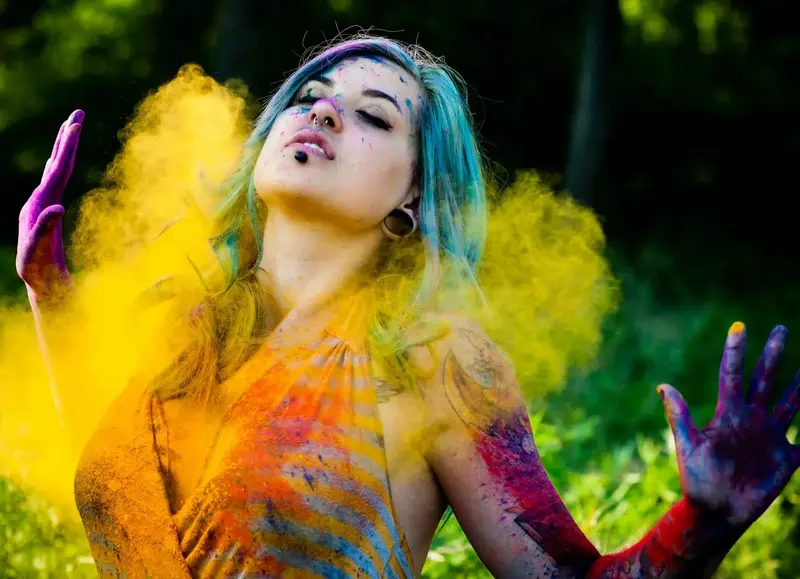
Music is also a big part of Holi in India, and you’ll find many music festivals during the evening, featuring elaborate songs and dance performances. And at the end
The First Day of Holi: Traditions and Festivities in India
The annual Indian Holi holiday or Bengali New Year is celebrated on the first full moon of the month of Phalguna, translated into the Gregorian calendar; this month corresponds to the period from February 20 to March 20. The Indian spring festival lasts from three to five days, but the main events take place in the first two days. When the round-faced moon rolls out into the sky, a straw effigy of the demoness Holika is already writhing in the mouth of the fiery god Hutashani.
Bonfires are burning all over India, young people are jumping merrily through them, and in some areas sacred cows are being driven between the bonfires. Fire walkers scurry back and forth over hot coals, demonstrating the power of the spirit. Men and women play mock battles, they don’t exactly kill anyone, but everyone has fun. Indians swing their many gods on swings covered with flowers. The drums are rumbling, the harmonica is singing, the chimta is jingling festively, the dispersed youth is hooting. The air is filled with the aromas of resin, oils, and burnt straw.
The scarecrow disappears in a puff of smoke, and the merry festive festivities begin. To maintain a degree of fun, Indians use a kind of drink – bhang. It is worth visiting the Holi festival at least for the sake of this delicious drink. It is made from dairy products, and its invariable ingredient is considered to be the juice from hemp leaves. Do you have any idea what fun the spring festival in India offers to tourists? Purple, pink and white flags are tearing into the sky, and fluttering lights flash here and there on the roofs of houses. While the young people are having fun, the older generation decorously goes to visit each other.
The Second Day of Holi: Traditions and Festivities Continuous
On the morning of the next day – Dhalundi Day, the happy Indian people pour out into the narrow streets. During the festive procession, the Indians throw pinches of dry, small, pollen-like bright colors at everyone who comes to hand. A multicolored suspension of powders hovers in the air: mustard yellow, saffron green, pepper red! Tinted water pours from the balconies. Raising your head, you can easily see a diligent boy who sticks out his tongue and waters you like a carrot. Well, in the meantime. You raise your head and threaten the tomboy. From a passing car you are doused with water from a bamboo sprinkler. Indians believe that the more colors you have at the end of the day. The more good wishes will come true!
The essence of the Holi holiday
The cheerful smearing of each other with paints has a hidden and very sexual connotation. Thus, the Indians admit to mutual sympathy. This ritual is associated with the games of the mischievous child god Krishna, who at one time frolicked in flower meadows with careless shepherdesses. This is how the ritual dance appeared, which annually decorates the spring festival in India. Strangers, guests at the Holi festival, especially women, are guaranteed the close attention of the opposite sex. Spreading your hands on this day is only welcome.
However, the “cowgirl” can always knock on the hands of the presumptuous “Krishna”. The feeling of universal endless happiness covers everyone’s head. Trees, houses, cars, dogs and people are covered with streaks of a magical brew of dust and water at the end of the day. Surrealness is added by the passing colored urban transport. The mundane is drowning in colorful madness.
The smiles and laughter do not cease until the night, which heralds the beginning of a new festive day. A day filled with visiting guests and giving all kinds of gifts! Tourists at the spring festival in India, who attract Indians with an unusual skin color, are given special attention these days. The hospitable hosts are eager to share with the guests the traditions and customs of their people. Do not be surprised if on the Holi spring festival you will be the most colorful as a result. Thank the Indians, generously sprinkle even more colorful powder on them and wish them a Happy Holi!
You will also be interested to know: Best Places to Celebrate St. Patrick’s Day in 2024
